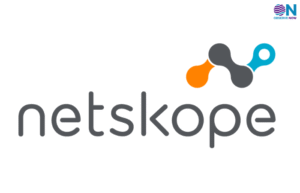Palo Alto Networks Deploys Next-Gen AI Cyber Defence as AI-Powered Attacks Surge Globally

Palo Alto Networks has intensified its cybersecurity strategy by shifting decisively toward AI-driven defence systems as cyberattacks surge worldwide. According to the company’s Chief Information Officer, Meerah Rajavel, the rapid rise of AI-enabled intrusions — including sophisticated zero-day exploits generated and executed using machine learning tools — has made traditional defence mechanisms insufficient. The organisation now processes billions of threat events every single day, prompting an urgent transition to autonomous, self-learning cyber shields capable of identifying and neutralising threats in real time.
Security experts caution that cyber attackers are increasingly using generative AI to replicate human behaviour, bypass secure environments, and quickly exploit vulnerabilities. In response, Palo Alto Networks has integrated its proprietary artificial intelligence architecture across its core product stack. This system continually analyses threat signals, learns from evolving attack vectors and instantly updates defensive models without manual intervention, making cyber recovery faster and more proactive. The company believes this transformation will help enterprises face not only current risks, but the next generation of fully automated cyberattacks.
Rajavel noted that cyber risk is no longer limited to ransomware or financial crimes. AI-engineered attacks are now targeting critical infrastructure, public data systems, healthcare networks and global businesses at unprecedented speed and sophistication. The company’s strategic direction focuses on defending customers across multiple cloud environments, distributed workplaces and highly connected digital ecosystems. Its AI infrastructure is designed to act as a cybersecurity “copilot” for teams, improving decision-making and reducing operational fatigue.
Industry analysts suggest Palo Alto Networks’ move reflects a major inflection point in global cybersecurity, where attackers and defenders are now both leveraging artificial intelligence in what has become a rapidly escalating technological arms race. With digital dependency deepening across sectors, the company emphasises that AI-first security architecture is no longer an advantage but an urgent necessity for organisations of every scale.















